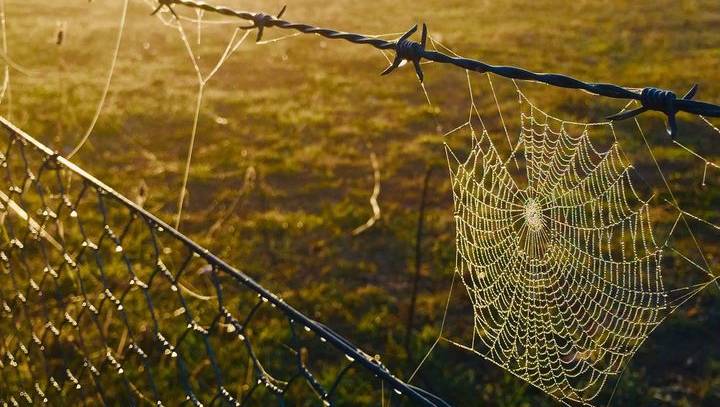news, latest-news,
The curious concept of ‘dancing rocks’ featured in last week’s column prompted a flurry of correspondence about unusual geological properties of some rocks. Colin Smeal of Holder recalls the extraordinary bouncing rocks his brother, Rex, showed him while visiting Cape Tribulation in Queensland in 1974. “We stopped at a small beach that was covered in smooth round black rocks,” reports Colin. “Rex, who had helped build the then new road to the cape, explained that the rocks defied nature. He said if you threw a stone in the air that it would often bounce higher on the second bounce. Of course I said that was simply not possible. But to my amazement that’s exactly what happened. “Instead of bouncing with ever decreasing height, theses rocks miraculously bounced in varying ways with subsequent bounces sometimes higher or longer than the first bounce – impossibly defying the physical laws of gravity.”. While Colin can’t recall the exact location of the beach, your akubra-clad columnist suspects it may have been Thorntons Beach, made famous after featuring in an episode of the Leyland Brothers. Scientific information as to why the stones behave in this way is hard to find. Someone must know. Fairbairn’s ‘dancing rocks’ reminded several readers of the ‘sailing stones’ of Death Valley National Park in California where for many years, people were baffled by the appearance of long (up to several hundred metres) snail-like tracks that occasionally appeared behind large rocks (15-45cm in diameter) along the valley floor. All sorts of outlandish theories abounded however a study in 2014 showed the tracks are likely created by wind pushing the rocks along on a thin layer of thawing ice. Now, I’d like to see that!
/images/transform/v1/crop/frm/Z4Q6sUEHdcmw72MBPYgZkU/618c1965-7f2e-4b7d-baaf-3e83c3f00fa4.jpg/r0_51_720_458_w1200_h678_fmax.jpg
An elephant on the Main range in Kosciuszko National Park. Picture: Brad Poile
The trail left by a sailing stone in Death Valley. Picture: Wikicommons
Mt Majura’s wooden elephant. Picture: Jennie Gilchrist
The curious concept of ‘dancing rocks’ featured in last week’s column prompted a flurry of correspondence about unusual geological properties of some rocks.
Colin Smeal of Holder recalls the extraordinary bouncing rocks his brother, Rex, showed him while visiting Cape Tribulation in Queensland in 1974.
“We stopped at a small beach that was covered in smooth round black rocks,” reports Colin. “Rex, who had helped build the then new road to the cape, explained that the rocks defied nature. He said if you threw a stone in the air that it would often bounce higher on the second bounce. Of course I said that was simply not possible. But to my amazement that’s exactly what happened.
“Instead of bouncing with ever decreasing height, theses rocks miraculously bounced in varying ways with subsequent bounces sometimes higher or longer than the first bounce – impossibly defying the physical laws of gravity.”.
While Colin can’t recall the exact location of the beach, your akubra-clad columnist suspects it may have been Thorntons Beach, made famous after featuring in an episode of the Leyland Brothers. Scientific information as to why the stones behave in this way is hard to find. Someone must know.
Fairbairn’s ‘dancing rocks’ reminded several readers of the ‘sailing stones’ of Death Valley National Park in California where for many years, people were baffled by the appearance of long (up to several hundred metres) snail-like tracks that occasionally appeared behind large rocks (15-45cm in diameter) along the valley floor. All sorts of outlandish theories abounded however a study in 2014 showed the tracks are likely created by wind pushing the rocks along on a thin layer of thawing ice. Now, I’d like to see that!







